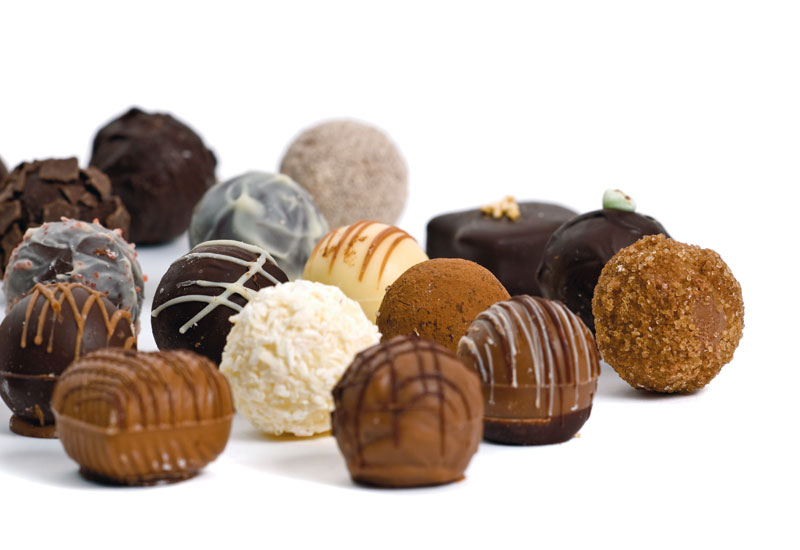EMF’s Feghali explains: “It seems there are a lot of people, relatively speaking, in the UAE with diabetes.
“As a result, a lot of consumers and hoteliers are requesting sugar-free chocolate and it’s doing well.”
One sticking point appears to be price.
According to Feghali, sugar-free chocolate is 20-25% more expensive than normal chocolate because it is often sweetened with a sugar substitute called Maltitol.
But despite being hampered by rising ingredient costs, chocolate suppliers remain positive about the Middle East market, saying the sector continues
to perform well.

Advertisement
Feghali claims EMF, which attributes 60% of its business to chocolate, has actually enjoyed a small amount of growth in commercial activity over the last 12 months.
“During these days of a very harsh recession people are tending to eat more chocolate, because you want something you can spend on yourself and makes you feel good,” he notes.
“Some people are shifting from quality to quantity, because of food costs, but in general we haven’t felt much of a change due to the recession.”
Hands-on industry
The key to making and selling quality chocolate products, according to Swiss International Chocolates’ Hutmacher, is to ensure that you always remain close to your product.
“I still work ‘hands on’, even though I have a chocolatier,” asserts Hutmacher. “You need to stay in touch, otherwise you lose the taste and the feel; if you stay close to your product you will be able to relate to the product and keep ownership of it.”
As long as suppliers keep their focus firmly on the quality of their chocolate offerings and continue to diversify their products, the Middle East will continue to grow as a recognised contibutor to the chocolate industry.









 Search our database of more than 2,700 industry companies
Search our database of more than 2,700 industry companies









